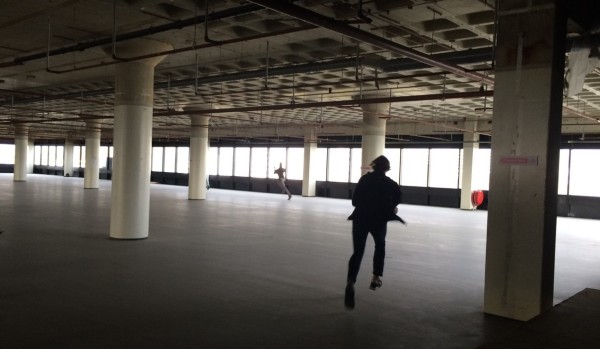Innovating classrooms
Changemakers: Dock20
This article is an adapted/free translation from a Dutch version, appeared in zinweb.nl, a Dutch website about sense making of the current issues in society.
The original article was written by Lucas van Heerikhuizen, who spoke to MoveMakers LAB1 co-organizers Huub Purmer & Diederik Bosscha during the first MoveMakers meeting in The Netherlands in March 2015.
Little space
According to Bosscha and Purmer teachers get little space to innovate in education. For teachers there is not much opportunity to contribute to new initiatives themselves. At the same time, there is a great deal of pressure, so teachers are often exhausted. It is a legacy of a system that can be considered clogged and overloaded. This is a shame because this pressure and tiredness can get in the way of the passion and enthusiasm of young teachers. They cannot easily experiment with new ideas without experiencing pressure or resistance.
New chances
Education, too is sensitive to the dangers of the quantitative pressure the economies face nowadays. More teaching hours does not always mean better performance at school. It is more about what you do with all those hours, as shown in a recent study by the Dutch Central Bureau of Statistics (1). More-of-the same is not always prescribed as a cure for educational ills.
It is disappointing because there are just so many more possibilities now. The digital learning environments are radically changing the landscape of education. Purmer notices this change. He reflects on the urgent need to deal with the forms of knowledge. Information is increasing and there is a critical need for “skills to filter this information properly.”
Your Ideal Classroom
Societies are also increasingly becoming “development societies” and this shift is calling for entrepreneurial qualities. Within traditional education in The Netherlands, there is not enough attention to it. These cases invite all together to think about how the ideal learning environment should look like nowadays. It also involves the development space for teachers. How can they develop at their best?
It is important to see the wider picture of society and to design learning environments accordingly. What are the opportunities for students or pupils, and how can training opportunities in society maximise it for them? These are important issues where space for reflection is needed.
Dock20 is convinced that asking teachers fundamental questions about their vision and mission in education is crucial to creating innovative learning environments: why did I become a teacher? Why do I work in education? What is needed for my teaching practice & innovation to flourish? What is being asked of me as a teacher? Of my colleagues and students?
Additionally, a bottom-up approach seems to work best in sparking change from within the system. As Bosscha states: “We chose the classroom as our focus area because we believe that’s where the source of large-scale tilts in education is found. We believe that change taking place in the classroom can spread like wildfire to the school and to society.”
(1) Recently, a technical study about the correlation of teaching hours and performance was carried out by the Dutch Central Bureau for Statistics (CBS). The research indicates that in countries with less compulsory lesson hours, students perform better and are more motivated to learn. This result has to do in great deal with to what extent the remaining free time is used, among other factors.
For the original version of the Zinweb article, please visit this page
Article adapted by Manuela Hernandez



